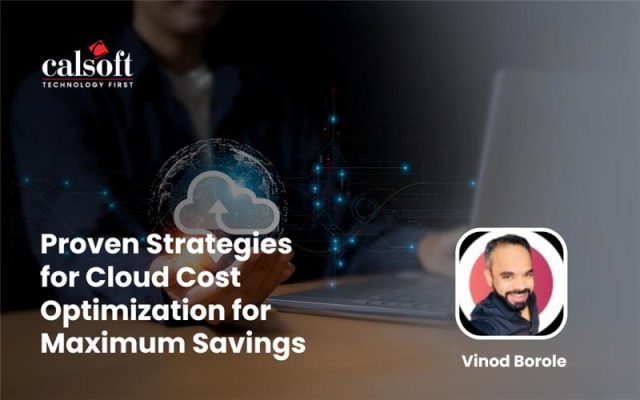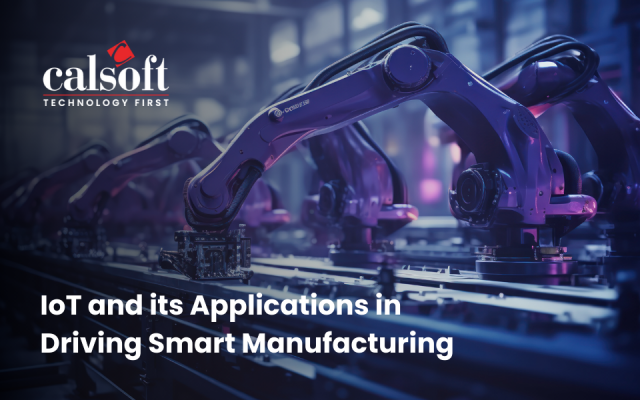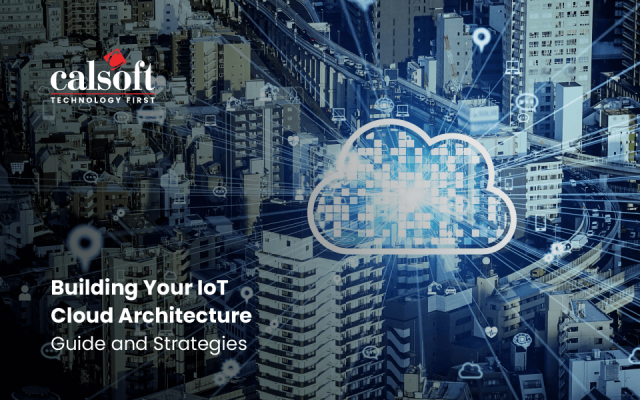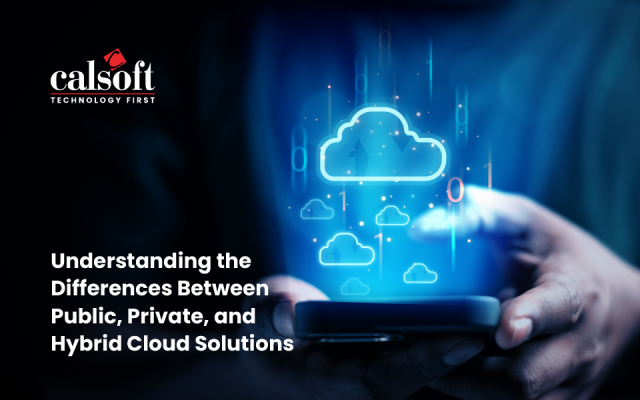The global proliferation of IoT-based smart devices has brought convenience to our fingertips, since the beginning of the decade. Fast forward 10 years and incredibly convoluted, real-time, lightning-fast operations have ceased to awe us and are, in fact, quite commonplace. However, the technology that makes IoT (Internet of Things) and its technological miracles happen is quite interesting and complex. Let’s explore edge computing – the technology that brings the processing and the data closer to the smart devices.
Edge computing has taken the world of technology by storm, owing to its very principle that enables the computing and storage of data at the edge of the network, closer to where the data originates from. Along with a radical reduction in latency, edge computing is paving the way for an enhanced, more efficient network infrastructure, one that enables 5G services.
Modern businesses across domains should leverage the Edge to avail significant business benefits such as speed that empowers real-time analysis, scalability, heightened security, versatility, and drastic cost savings. The first step for businesses in their journey of transformation with edge computing is investing in experts who will help harness the benefits of Edge in a cost-efficient manner. However, businesses should be aware of the following Edge-based technologies that are fueling next-generation network infrastructure to be able to make an educated choice.
- MEC
Multi-access Edge Computing, also referred to as Mobile Edge Computing (MEC), is a type of network infrastructure established by the ETSI (European Telecommunications Standards Institute). MEC places technology resources – computational as well as storage, closer to the end-users, within the radio access network (RAN). The most important benefits of MEC are a dramatic improvement in the network efficiency with decreased network congestion and reduction of latency & turnaround time for the delivery of content to end-users. MEC is the most popular enabler of 5G and is being increasingly leveraged globally.
- Fog computing
Fog computing or network fogging is the decentralization of computing infrastructure and resources wherein data and applications are located in between the data source and the cloud. The Open Fog Consortium, the authority over fog computing architecture and testbed development states “Fog computing is a system-level horizontal architecture that distributes resources & services of computing, storage, control, and networking anywhere along the continuum from the cloud to things.” Fog computing distributes, orchestrates, manages, and secures resources across networks and nodes situated at the edge. It can be thought of as a part of the cloud, extending the cloud to the edge of a network by placing data and applications between the cloud and the origin of the data, proverbially “out in the fog.”
- Cloudlets
The cloudlet, as the name suggests, is a mobile small-scale cloud data center located at the edge of the internet. The cloudlet solves one of the toughest challenges in edge and cloud computing –preserving the quality of end-to-end responsiveness between a single node and the associated cloud. Cloudlets enable content-rich, interactive mobile applications to access powerful computing resources with lower latencies. Essentially, a cloudlet is a cluster of servers connected to the internet, that can be easily made available for use by nearby mobile devices through a one-hop high-speed wireless local area network. In comparison to the cloud, a cloudlet is very agile and accessible since its connection with mobile devices is highly dynamic.
- Micro data centers:
Micro data centers are small containerized systems that consist of all the critical elements of a traditional data center. Micro data centers are better suited for edge computing than traditional data centers. The reduced size of these micro data centers enables deployment inside as well as outside rugged conditions such as the location of the data source. Moreover, they can be customized according to the needs of the businesses looking to implement them. Micro data centers are becoming increasingly popular. Research confirms this –research and consulting firm MarketsandMarkets suggests that the micro data center solution sector could grow from USD 3.0 billion in 2020 to USD 6.5 billion by 2025.
Calsoft helps customers by delivering on-premises services to process and analyze data at the Edge. Our mature expertise and experience of over 20 years have enabled us to make valuable contributions to open source projects such as Akraino Edge Stack, EdgeXFoundry, StarlingX, Intel’s OpenNESS, and more. Find out more about our Edge expertise or connect with us to see how we can help your business.






